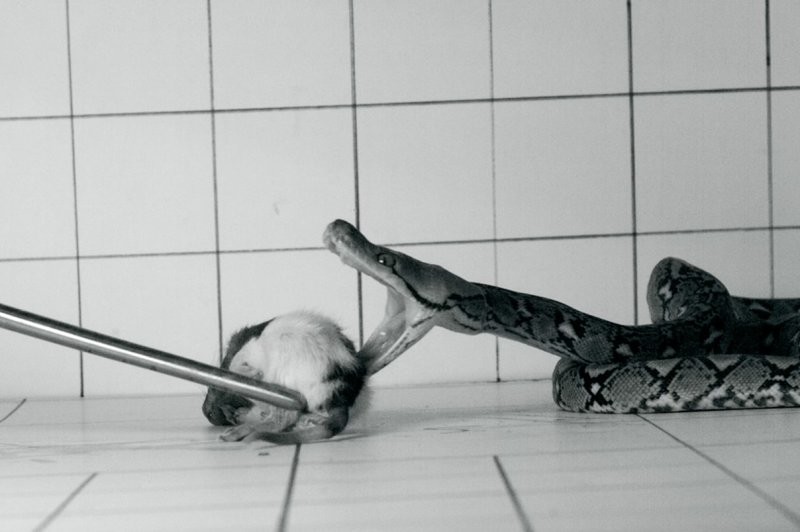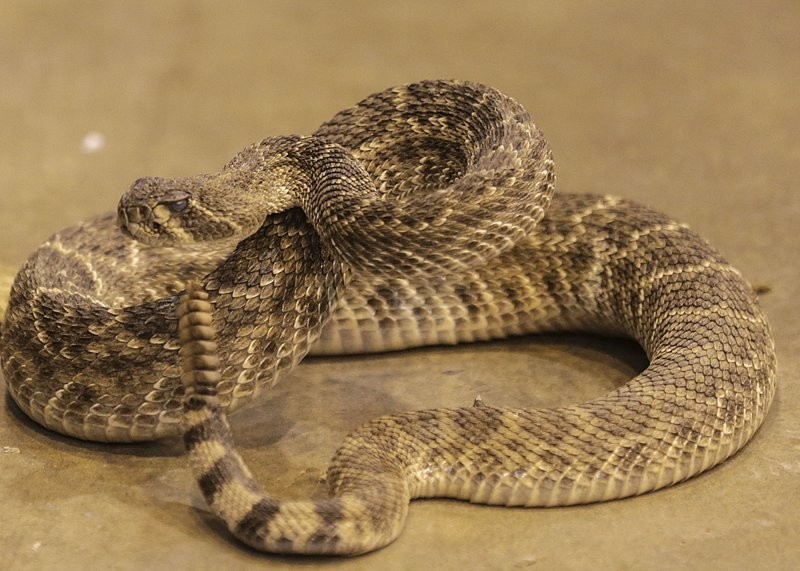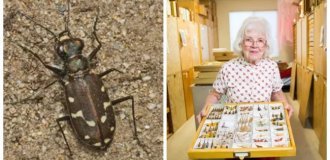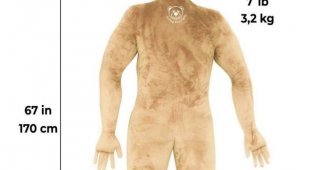Footage of snake attacks showed how they actually kill (6 photos + 1 video)
Herpetologist Bill Ryerson decided to conduct an experiment with snakes. He filmed several species of snakes in slow motion as they attacked rodents and discovered that they could be divided into two broad categories based on their teeth. 
Herpetologist Bill Ryerson filmed snakes attacking dead rodents in slow motion. He discovered that all snakes could be divided into two categories depending on how they attacked - as well as their teeth. The first category is those that attack with a “blow”. These snakes strike with lightning speed from above, piercing their prey with needle-like teeth located in the front of the lower jaw, and then turning their head to inject venom or strangle the victim. These snakes include many boa constrictors, such as the common boa constrictor (Boa constrictor) and pythons. 
Snakes of the second group “strike more slowly and do not open their mouths so wide,” and also capture the victim with both jaws. These include king snakes, common pine snakes (Pituophis melanoleucus), and some terrestrial boas. Herpetologists have long looked only at snake fangs, largely ignoring the rest of the teeth - they believed they were all the same and wouldn't tell much about snake evolution. But Ryerson's research suggests the opposite: in fact, all the teeth of snakes can track their evolution, and also determine how they will attack. 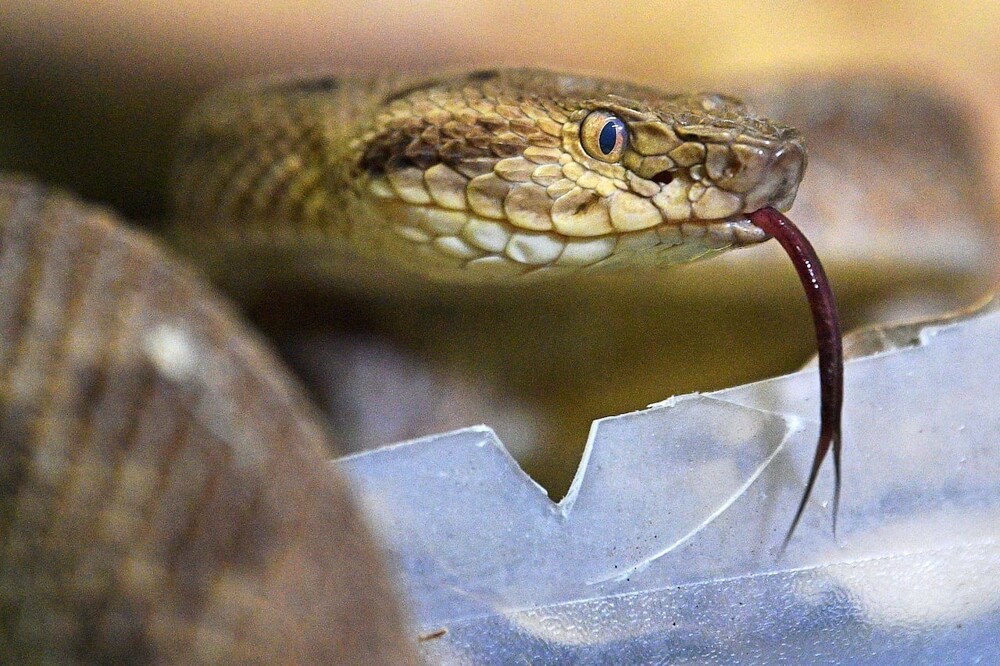
Ryerson used X-rays to scan the jaws and teeth of nearly 70 snakes from 13 species. He found that the teeth of the first group of snakes became shorter, wider and more curved towards the throat. Snakes of the second group, which attack more slowly, on the contrary, had wide, curved teeth along the entire upper and lower jaw.
"I was surprised by how well the shape of the teeth corresponded to the attack behavior of the snake. This inspired me to do further research, where I will analyze more species of snakes," says the scientist. 